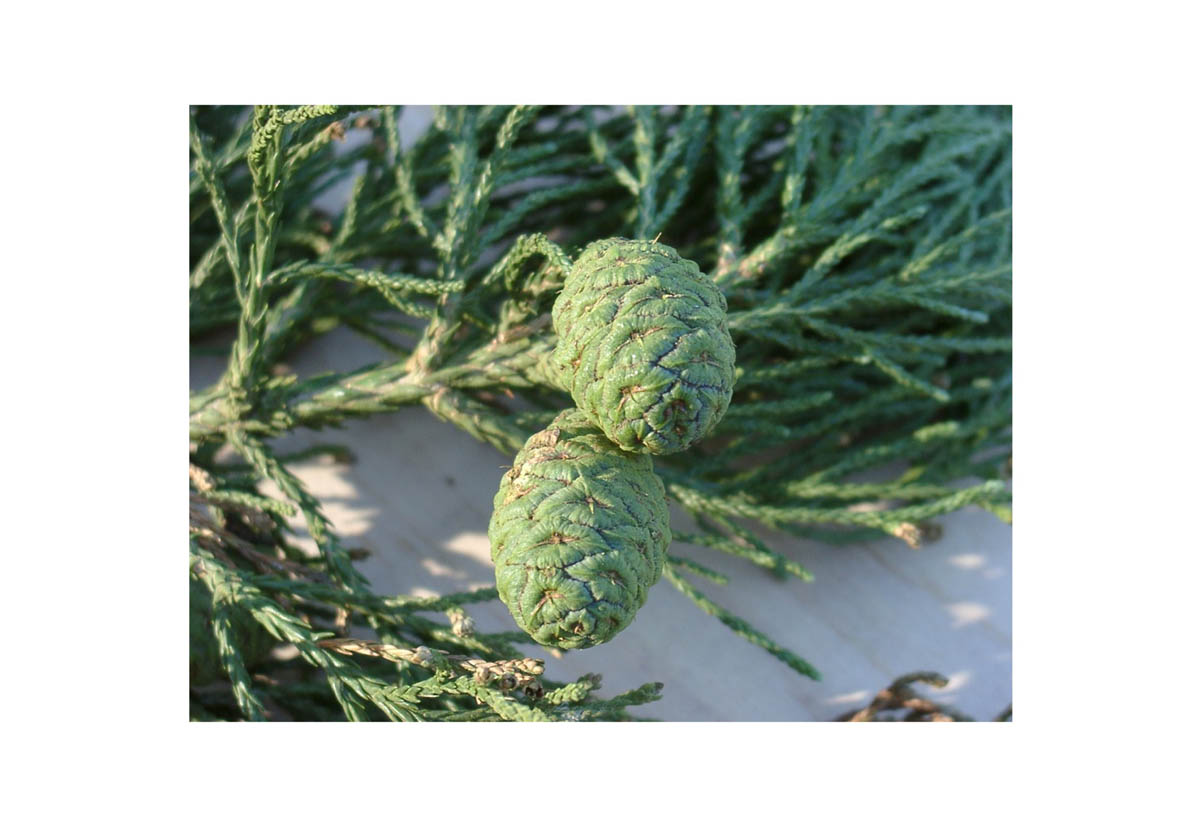Wellingtonia, Giant sequoia (WSQ)
Wellingtonia old growth trees in California are known as the largest living trees on earth. Specimens are known with a DBH of nearly 9 m and ages of over 3000 years old.
A widely planted tree since mid-Victorian times and often, today, the tallest tree in a locality. Frequently planted as an avenue. Surprisingly few plantations have been established despite showing vigorous growth in several plots on a range of sites. The Royal Forestry Society’s redwood grove on the Leighton Estate, Powys, plainly demonstrates its considerable potential as a timber species. Wellingtonia is listed as endangered by the IUCN.
Wellingtonia is categorised as a secondary tree species. These are species that have demonstrated positive silvicultural characteristics in trial plots but gaps in knowledge constrain wider use. The species are being actively evaluated to increase understanding and inform future deployment.
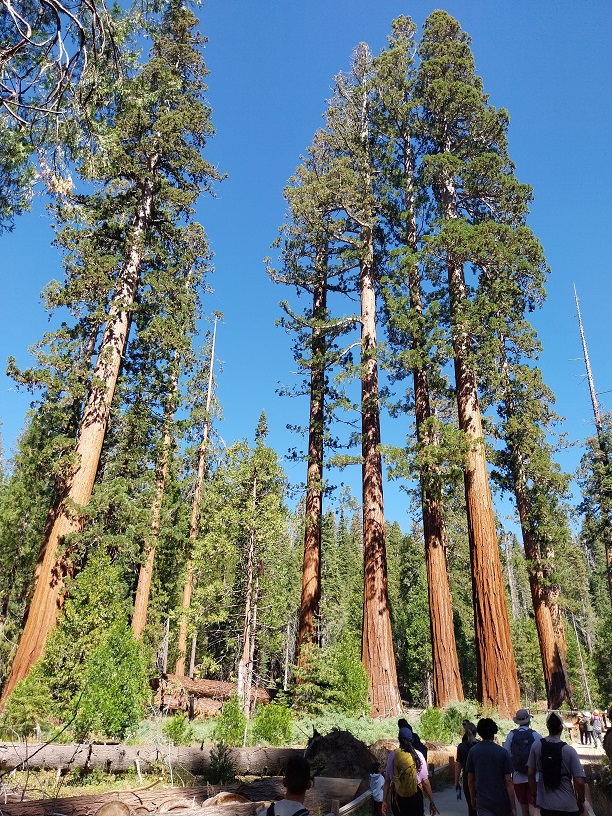
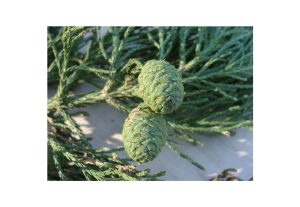
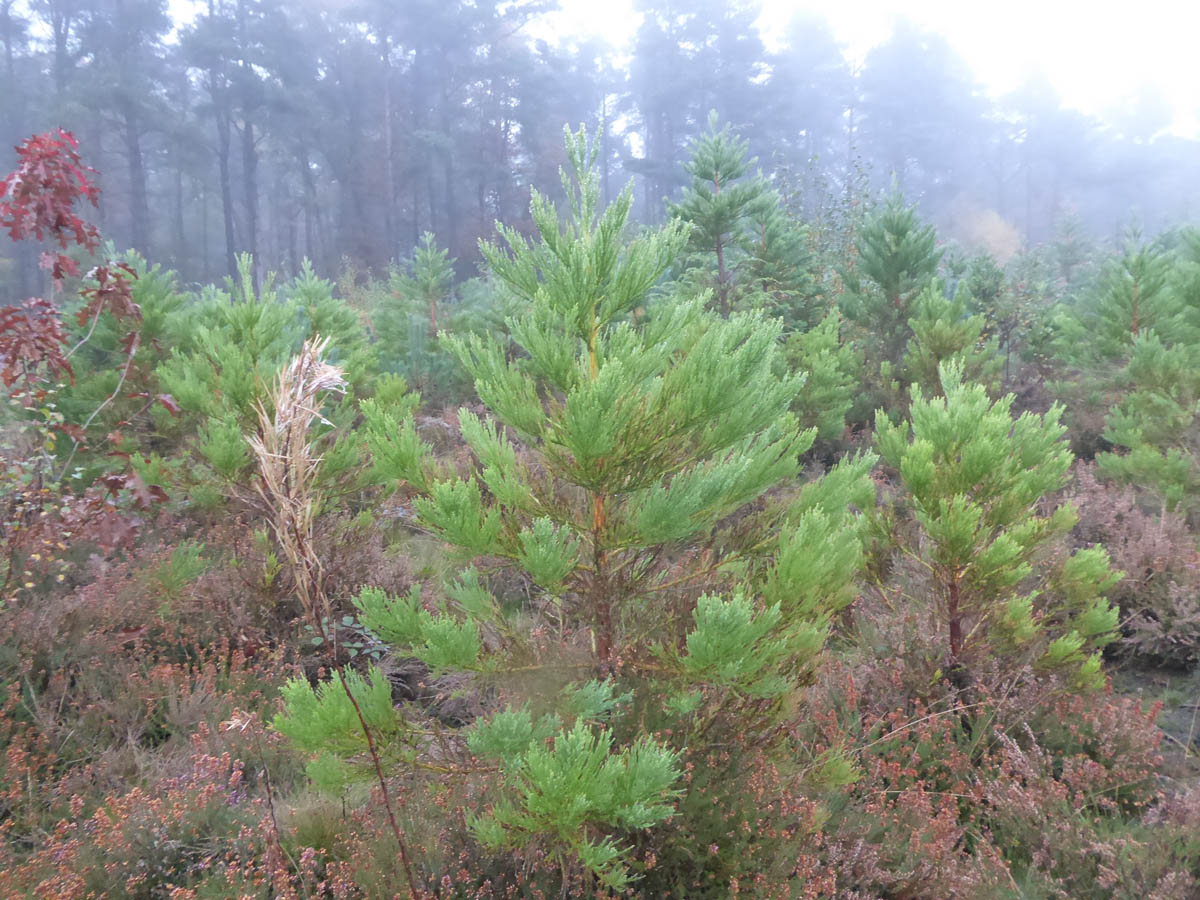
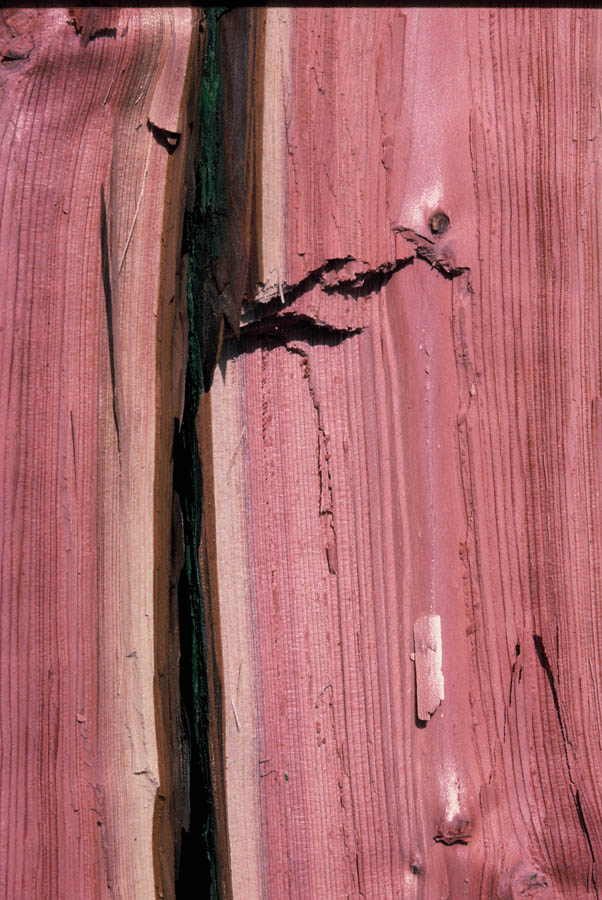
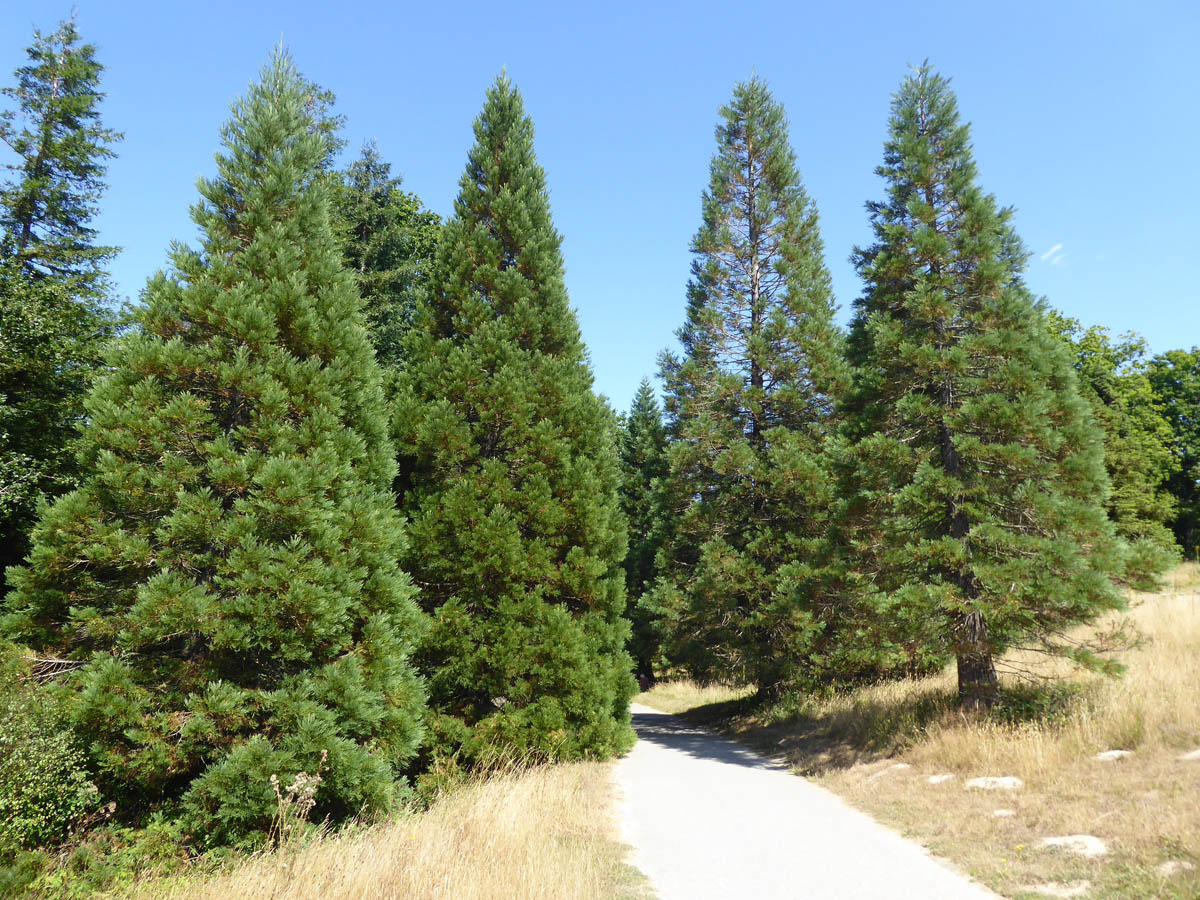
Range
A western North American species native to a restricted range in the Sierra Nevada mountains of central California.
Provenance Choice
Widely planted as a specimen tree in Britain but too few trials and forest plots to indicate provenance variation; seed should be sourced from the native range.
Key Properties
Site Requirements
This is an intermediate shade intolerant species which can make rapid early growth and produce high timber volumes on suitable sites. Naturally occurs in a humid climate with dry summers and appears more tolerant of cold, drought and exposure than coast redwood.
Best growth is on poor to medium soils of slightly dry to fresh soil moisture status such as acid sandy loams. Wellingtonia is not suited to heavier gleys, peats or very poor dry soils. Plantation stands are reported to produce timber of similar quality to coast redwood.
Further detail on the site requirements of Wellingtonia in current and future climates can be examined using Forest Research Ecological Site Classification Decision Support System (ESC).
ECOLOGICAL SITE CLASSIFICATION TOOL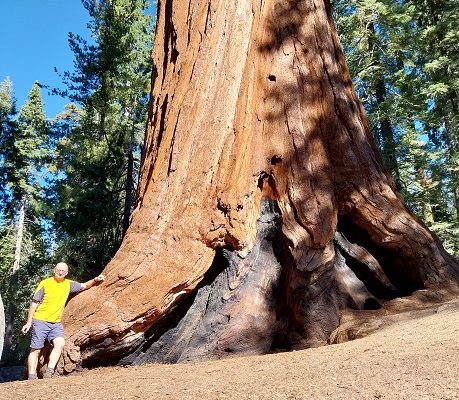
Silviculture
Wellingtonia as a tree has a wide buttress and a strong natural taper. To encourage the tree into a form more acceptable for timber production initial planting should be close, i.e. 2 x 2 m (2500 stems per hectare). Initial growth can be slow, but once established becomes very vigorous. Wellingtonia will coppice and set fertile seed and produce natural regeneration. It is intermediate in shade tolerance and will achieve high standing volumes per hectare suggesting regular thinning as desirable.
Evidence from storms suggest that Wellingtonia is amongst the most wind-firm species owing to its tapering trunk, narrow pyramidal form, and deep rooting. It’s very thick, fibrous bark resists fire damage.
Pests and Pathogens
Susceptible to Armillaria (honey fungus) and Heterobasidion annosum (conifer root and butt rot) as a cause of decay in the heartwood of living trees. Although both species can be serious root pathogens, they generally do not kill trees directly, but cause root or stem failure.
See our other tools and resources
Further Resources
External
In addition to the general sources of information for species the following are useful for Wellingtonia.
Cox, L.E., York, R.A. and Battles, J.J. (2021) Growth and form of giant sequoia (Sequoiadendron giganteum) in a plantation spacing trial after 28 years. Forest Ecology and Management 488: 1-11
Morgan, A. (2008) The growth and use of redwoods. Quarterly Journal of Forestry 102(2): 121-131.
USDA 2019, Sequoiadendron giganteum (Lindl.) J. Buchholz, United States Department of Agriculture; Natural Resources Conservation Service, viewed 11 January 2022, https://plants.usda.gov/home/plantProfile?symbol=SEGI2
Wilson, Scott McG. (2011) Using alternative conifers for productive forestry in Scotland. Forestry Commission Scotland, Edinburgh.
Wilson, Scott McG. (2010) Minor conifers in Britain – potential for silviculture and utilisation. Quarterly Journal of Forestry 104(1): 29-42
Wilson, Scott McG., Mason, B., Jinks, R., Gil-Moreno, D., and Savill, P. (2016) The Redwood and Red Cedar; Coast redwood (Sequoia sempervirens), giant redwood (Sequoiadendron giganteum) and western red-cedar (Thuja plicata) – species, silviculture and utilisation potential. Quarterly Journal of Forestry 110(4): 244-256

